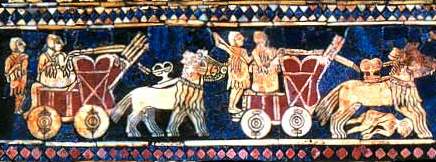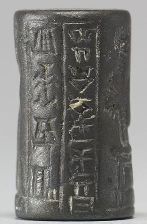Overview
Timeline of Mesopotamia
Great Cities of Mesopotamia
The Ziggurat
Science, Inventions, and Technology
Assyrian Army
Persian Wars
Glossary and Terms
Civilizations
Sumerians
Akkadian Empire
Babylonian Empire
Assyrian Empire
Persian Empire
|
Culture
Daily Life of Mesopotamia
Art and Artisans
Religion and Gods
Code of Hammurabi
Sumerian Writing and Cuneiform
Epic of Gilgamesh
People
Famous Kings of Mesopotamia
Cyrus the Great
Darius I
Hammurabi
Nebuchadnezzar II
|

